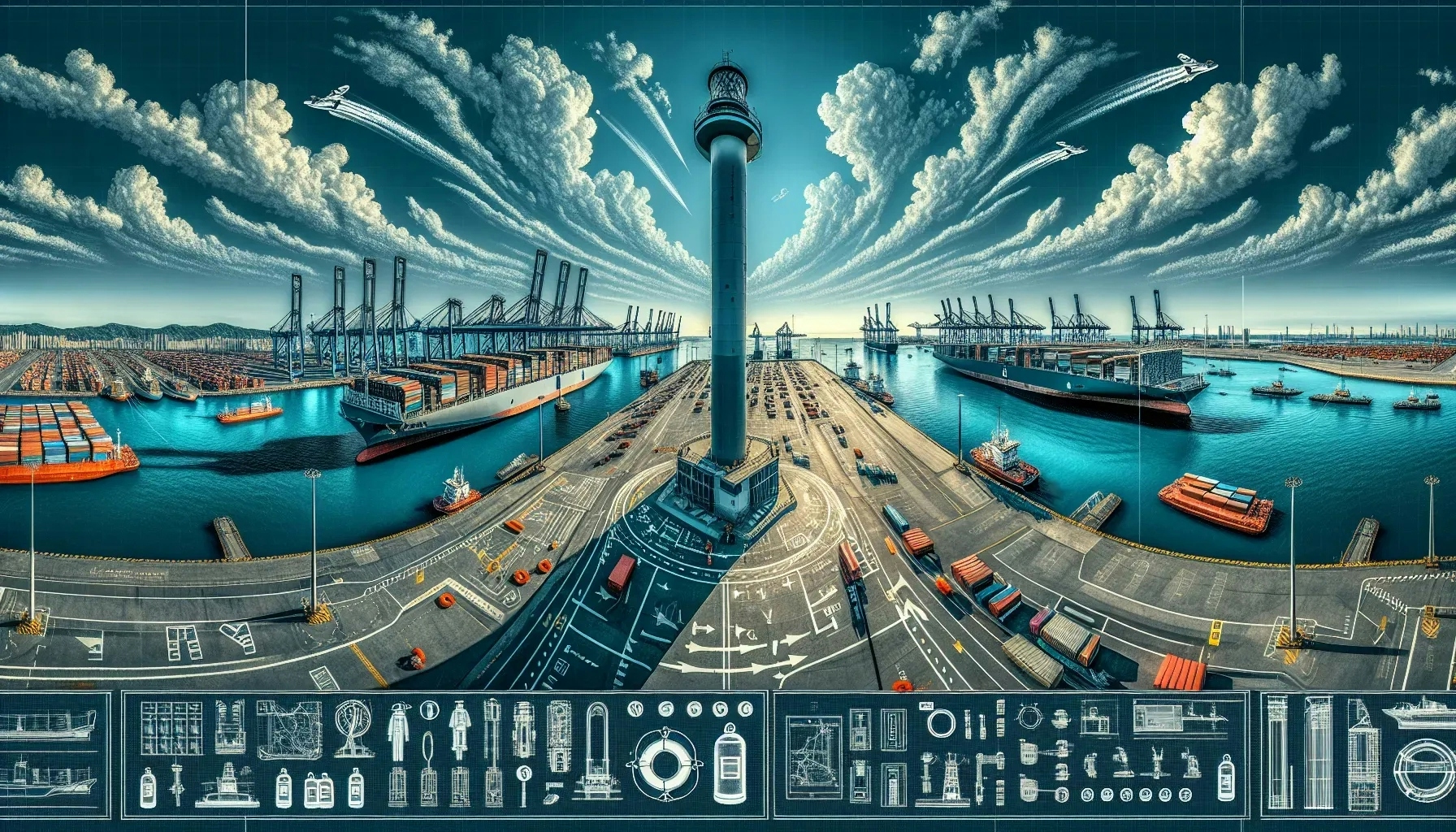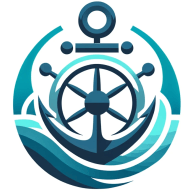The maritime industry, a vital artery of global trade, is governed by a complex web of safety regulations and standards. These rules ensure the safety of life at sea, protect the marine environment, and maintain efficient navigation. This blog post will delve into the intricacies of these regulations, their importance, and how they shape the maritime industry.
The Importance of Maritime Safety Regulations
Maritime safety regulations serve as the backbone of the shipping industry. They ensure the safety of the crew, cargo, and vessels. Moreover, they play a crucial role in protecting the marine environment from potential hazards associated with maritime activities.
The International Maritime Organization (IMO), a specialized agency of the United Nations, is the global standard-setting authority for the safety, security, and environmental performance of international shipping. Its main role is to create a regulatory framework for the shipping industry that is fair, effective, universally adopted, and implemented.
In the maritime industry, safety is not just about preventing accidents. It's about creating an environment where risks are managed and minimized. This is where maritime safety regulations come into play. They set the standards for construction, equipment, and operation of ships to ensure they are safe for the seafarers and the environment.
Key Maritime Safety Regulations
Among the numerous maritime safety regulations, some stand out due to their global impact and comprehensive nature. The International Convention for the Safety of Life at Sea (SOLAS) is one such regulation. It is considered the most important treaty addressing maritime safety.
SOLAS includes various chapters focusing on safety of navigation, carriage of cargoes and dangerous goods, life-saving appliances, radio communications, and safety measures for high-speed craft, among others. It has been amended several times to incorporate the latest safety standards.
Another key regulation is the International Convention for the Prevention of Pollution from Ships (MARPOL). It addresses pollution from ships and includes regulations aimed at preventing and minimizing pollution from ships - both accidental pollution and that from routine operations.
Compliance with Maritime Safety Regulations
Compliance with maritime safety regulations is not just a legal obligation, but also a moral one. It is about ensuring the safety of life at sea and protecting the marine environment. Non-compliance can lead to severe penalties, including fines and detention of ships.
The responsibility for enforcing maritime safety regulations lies primarily with the flag states – the countries where ships are registered. They are required to ensure that ships under their flag comply with the minimum safety standards. Port states also play a role in enforcement by inspecting foreign ships in their ports and taking action against non-compliant ships.
Challenges in Implementing Maritime Safety Regulations
Despite the existence of comprehensive maritime safety regulations, their implementation poses significant challenges. These include lack of resources and technical capacity, particularly in developing countries, and the difficulty in enforcing regulations on ships operating in international waters.
Moreover, the rapid advancement in technology and the increasing complexity of ships and their operations pose further challenges. Regulations need to keep pace with these changes to ensure they remain relevant and effective.
The Future of Maritime Safety Regulations
The future of maritime safety regulations lies in their ability to adapt to changes and challenges. This includes embracing digitalization and automation, addressing emerging risks such as cyber threats, and enhancing cooperation and coordination among different stakeholders.
The IMO is already taking steps in this direction. For instance, it has established a regulatory scoping exercise to assess how the existing IMO instruments can address autonomous ships. It is also working on guidelines for the use of electronic certificates and developing a strategy to enhance the global regulation of cyber risk management.
Conclusion
Maritime safety regulations and standards play a crucial role in ensuring the safety of life at sea and protecting the marine environment. While there are challenges in their implementation, the future looks promising with the ongoing efforts to adapt to changes and address emerging risks.
Steering Towards Safer Seas: The Role of Maritime Safety Regulations and Standards
The maritime industry, with its complex network of routes and vast array of vessels, is a dynamic and challenging environment. Maritime safety regulations and standards serve as the guiding light, steering the industry towards safer and more sustainable practices. As we navigate the future, these regulations will continue to evolve, addressing new challenges and harnessing opportunities, ensuring that our seas remain safe for all.

